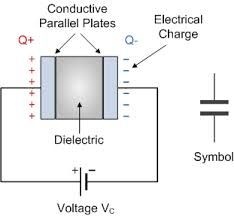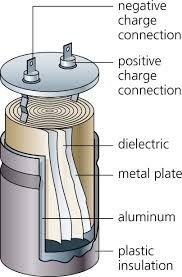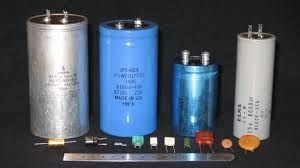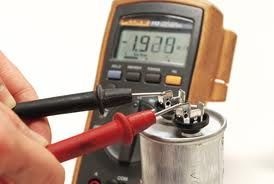Let Q be the magnitude of the charge on each metal conducting plate. Then the expressions between charge Q and voltage V are as follows:
Q V or Q = CV
C = Q / V

In the above expression C is called the constant of proportionality, known as capacitance. The capacitance of a capacitor depend upon the geometry of the plates and the medium present between the plates, such as air or any other insulator etc. known as dielectric.

Capacitance is the measure of the ability of capacitor to store charge. Capacitance is the amount of charge which can be stored on one plate with respect to another plate to raise the potential of the first plate by one volt. The unit refer to the capacitance is coulomb per volt. Due to frequent use of this unit it is called as Farad (F). Which is named by an English scientist Farad.

An interesting information about this is that:
“The capacitance of the capacitor is one Farad if a charge of one coulomb given to one of the plate of the parallel plates capacitor, which produces a potential difference of one volt between them”.




